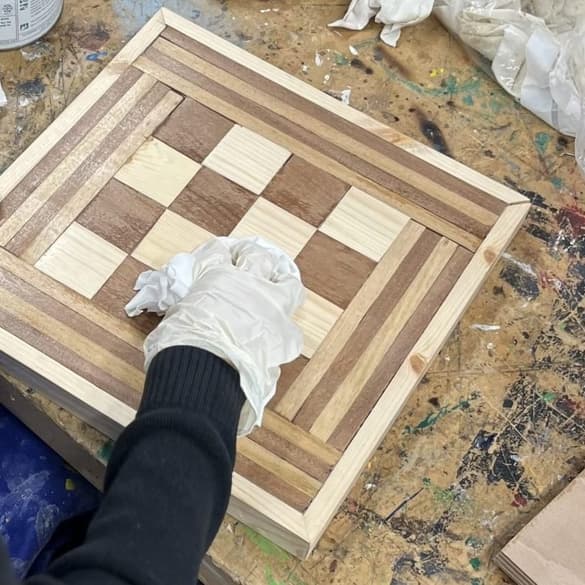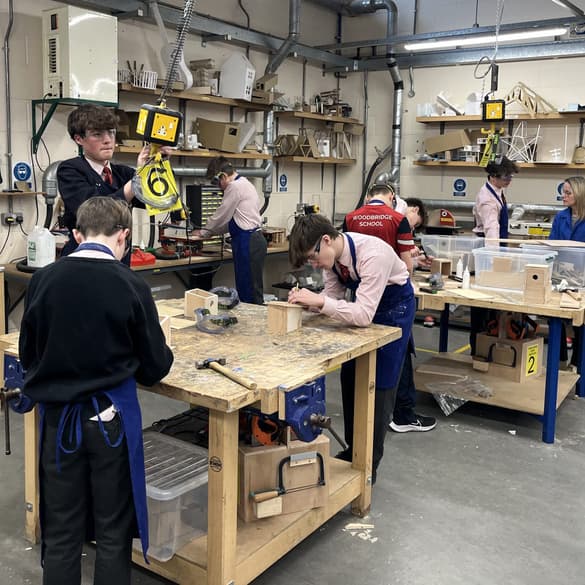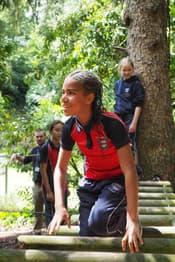Designing and creating
Students often wish to study Design because they know what the curriculum at Woodbridge involves, and how creative they, and the subject can be – it most definitely appeals to those who wish to design and create. But not only that, with applications that might include: fashion, furniture, product design, digital media graphics, architecture and possibly engineering, aeronautical and automotive, these skills and learnings can also offer real advantage as students progress through School towards the future of their choice. Students learn about both traditional and future design techniques; both graphic communications and 3D design.
Students are encouraged to think and explore beyond the normal realms of creativity, learning and applying a variety of techniques and processes in order to expand their skill-set and to help communicate their design ideas through different mediums.
Graphic Communication is the process of designing visual material to convey information, ideas, meaning and emotions in response to a given or self-determined brief.
3D Design is the design, prototyping and modelling/making of primarily functional and aesthetic products, drawing upon intellectual, creative and practical skills
Alongside the physical design involved in the subject, students also have the opportunity to consider the entire journey of a product; from concept through to manufacture; to explore packaging, branding and marketing. This journey ensures students are able to understand the entire life-cycle of design, encouraging greater understanding and delivery of the creation and manufacture of their own products. But not only this, understanding this level of detail in relation to design ensures students are armed with a range of transferrable skills, which can open the door to a variety of industries and careers.
For students from Year 11 through to 13, studies also focus on the deliberation and purchase of materials through to the consideration of pricing, students are continuously encouraged to think and explore beyond the physical object being created, and to develop quite specific transferrable skills. With inspiration from online resources, students are encouraged to design items they would desire for themselves – which inspires creativity in a very unique way, rather than asking for conformity and templated designing.
The graphic communication course offers students the opportunity to develop their skills in both hand generated and digital techniques. Exploring both traditional and modern methods enables students to create a wide variety of design responses, which may include developing concepts for company branding and promotion, packaging design, interactive design such as webpages and apps, game concepts, illustration and so much more.
Key skills to design today’s modern world
With the opportunity to study both 3D and graphic communication in Years 7 to 9, students are able to experiment with metal work, woodwork, enamelling, laser cutting, 3D printing and digital artwork in Adobe Creative Cloud to name but a few. The search for opportunities to introduce students to new concepts and ever-changing industry trends, is constant. Traditional skills are taught alongside those new to the Design industry, and wherever possible students are exposed to future concepts and ideas.
Leatherwork and Silversmithing
Recently Woodbridge has become one of only a few schools in the area to offer Leatherwork and Silversmithing as part of the curriculum from Year 9 onwards through art and design, design and graphics and 3D design; GCSE and A level.
Leatherwork
Students are given the opportunity to personalise their own leatherwork by selecting from an array of textured leather hides, finishing with coloured thread of their choice and embossing their initials. Students also learn how to use and make templates, dye cut with press knives for mass production using a hydraulic press and hand stitch using traditional techniques and hand tools used in many industries including fashion, automotive, equestrian and product design.
Silversmithing
A variety of professional silversmithing techniques and processes are taught, including annealing and silver soldering.
Students have the opportunity to learn how to measure and fit their own bespoke sterling silver band, with the option to create a signet ring or a stacking ring choosing their own gemstones. They will also be taught how to create a bezel and set their stones using traditional metal hand tools, polishing and buffing their final piece to a high shine.
Experimenting with metal-work techniques on such a small scale encourages a number of transferable skills including precision, dexterity and accuracy, the applications for which are significant and could include careers involving surgery or precision engineering for example.
Aspiration through inspiration
Students are not only inspired and motivated in their aspirations and creations by our teachers, but through regular hosted talks from industry professionals, and workshops with external companies. For example, Bentley Advanced Materials, a company that supplies the film industry, visits our classrooms regularly to showcase a number of innovative moulding and casting materials. Students have the opportunity to develop their materials knowledge as well as have fun exploring the practical functions of a number of these materials.
We also run regular trips to museums, design shows, exhibitions, companies and community projects.
Connections
- Woodbridge Boat Yard
- West Suffolk College
- Bentleys Advanced Materials
We are constantly searching for and researching connections with appropriate industry professionals, such as graphic designers and architects. Our focus is on the traditional, modern and future trends of the design industry.
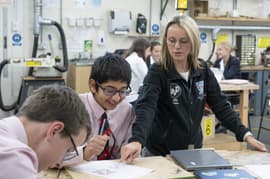
A unique experience
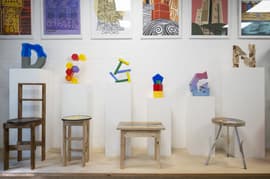
Exhibitions and displays
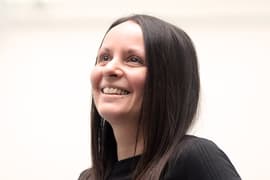
Meet the staff
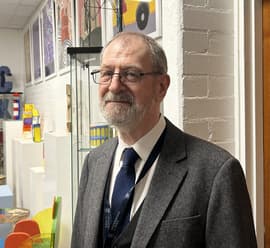
The latest news
Designing and Creating Bird Boxes in Year 10 Design – March 2025
Elephant, Owl and Penguin Shaped Money Boxes in Year 8 Design – February 2025
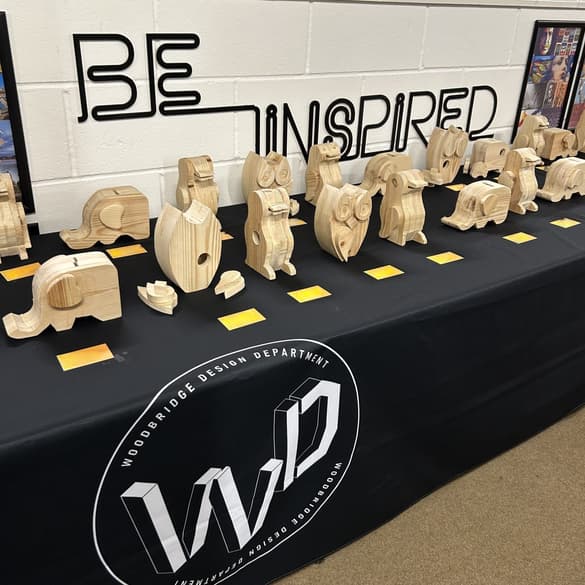
‘Frankenstein’ Rehearsals and Designs Continue for our Sixth Form Production
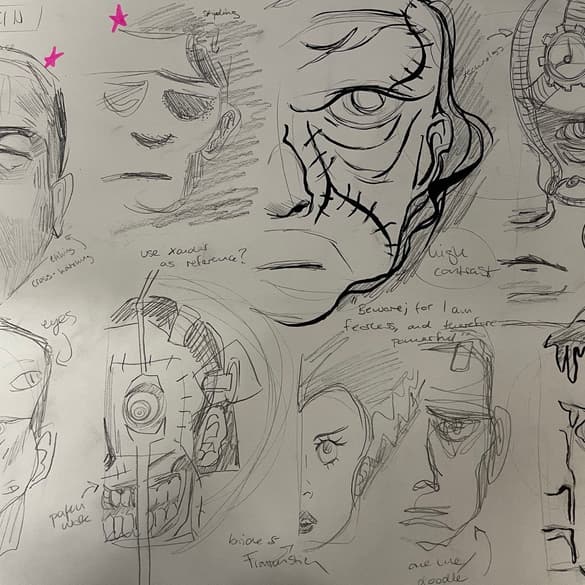
Year 9’s Wooden Table Project – January 2025
